
ABOUT SCOTT FRANKLAND
Scott Frankland is Head of Content at Sengerio. His spirit of inquiry leads him to the world of transportation and mobility to connect with the industry’s leading experts and shine a light on the hot topics.

Whether you’re new to the passenger transportation industry or an industry veteran, ensuring fleet safety and compliance can be a complex process.
No matter how fantastic the services you provide are, it is the law to ensure that your vehicles and drivers are safe to operate.
This is why it is essential for businesses to implement a safety management plan.
At first glance it may seem a rather simple procedure, however your head may start to spin once you get stuck into the federal regulations.
But don’t worry!
This article discusses the ins and outs of federal regulations in the U.S, such as how they work and how they monitor your safety. Following this, you’ll learn 4 steps to guarantee that your fleets and drivers remain safe.
Let’s get stuck in.
In the United States, passenger transportation companies must meet the requirements of the U.S Department of Transportation (DOT), that is, the Federal Motor Carrier Safety Administration (FMCSA) that was established within the DOT in January 2000.
The FMCSA governs all operations concerning commercial motor vehicles. Therefore, it is essential for interstate passenger transportation service providers to acknowledge and abide the set regulations in order to receive approval.
Depending on the nature of your services, commercial regulations may differ.

While there are many elements that determine which federal regulations apply to passenger carriers, generally there are three important factors that should first be identified.
These include whether the vehicle is recognized as a commercial motor vehicle (CMV), whether services are interstate or intrastate and whether your services fall under the category of for-hire transportation.
So if you operate anything from motor coaches to limousines, here are 3 questions you should be asking:
1) Does the FMCSA recognize my vehicles as commercial motor vehicles (CMV)?
The FMCSA’s definition of a CMV states that a if a vehicle meets one or more of the following criteria, it is a CMV:
If you operate commercial vehicles in interstate commerce, you are required to register with FMCSA and obtain a USDOT Number.
The USDOT Number is unique for each business that acts as an identifier for the FMCSA to collect and monitor a business’ safety information that is acquired by audits and inspections.
2) Are my services interstate or intrastate?
Regulations vary depending on the geographical location of your services. That is, they are categorized as either interstate (services that cross state or national borders) and intrastate (services that operate in one state only).

To clarify, passenger transportation services fall under the category of interstate commerce if they involve transporting passengers:
On the other hand, some companies may only operate intrastate services. Companies working intrastate must still satisfy some federal regulations, such as acquiring a USDOT Number, however it is highly recommended to understand the more local regulations according to the operating authority of that state.
3) Are the services for-hire?
Passenger transportation companies most likely receive some form of compensation for their services, naturally making them be considered for-hire. For this, according to the FMCSA, all for-hire passenger carriers in interstate commerce must:
Keep in mind that even no-profit organizations may still be classed as for-hire passenger carriers if they receive some form of compensation, such as gas money, gifts, and donations.
In general, all for-hire CMV passenger carriers that work interstate are subject to federal regulations. However, depending on the specific operation your business is doing, there are exemptions that mean you may not need to comply with some regulations.
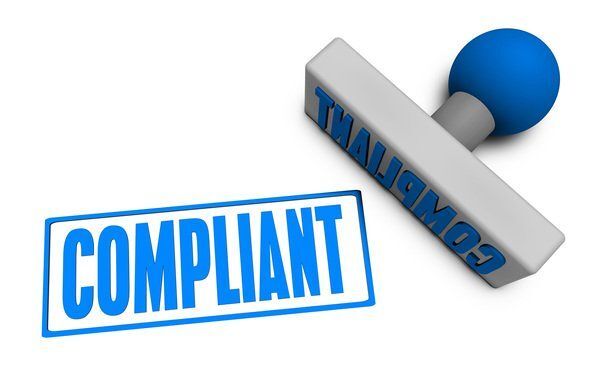
The FMCSA ensures businesses meet regulations by conducting safety audits.
This entails a certified auditor conducting the audit at the place of the business or electronically by providing the necessary documentation online.
If you’re new to the passenger transportation industry you are expected to undergo a safety audit within the first 12 months of operations, in what is known as the New Entrant Program.

Auditors can ask to see the necessary operating procedures and record-keeping equipment. Typically, there are 6 aspects to be inspected:
After satisfying the safety audit’s criteria the business is granted permanent operating authority and will continue to be monitored by the FMCSA’s Compliance, Safety, Accountability (CSA) program.
Companies who fail to comply with the standards are provided with detailed documentation of the violations that caused the failure and provided with a corrective action plan (CAP) to explain how these violations may be rectified.
To avoid losing FMCSA registration, what are the violations that can automatically fail a safety audit?
From a glance we can generally divide the violations into 4 categories: alcohol and drug violations; driver violations; operator violations; repairs and inspection violations.
However, let’s observe how to ensure your fleet remains safe and compliant in order to guarantee your passengers can travel calmly and comfortably.
Important Note: It is highly recommended to read whether your business is exempt from certain regulations and all regulations for that matter directly from the authoritative body, the FMCSA. This article intends to educate the reader of the importance of having a compliant fleet to succeed in the passenger transportation industry and does not provide a legal value.
The federal regulations previously described highlight the importance of fleet compliance but also form a solid foundation upon which an efficient business is to be structured.
Even though the regulations mentioned so far represent the minimum, it is also essential to understand that a safe fleet also minimizes the risk of accidents, avoids expensive fines and ensures safety of your employees, passengers and fellow motorists.
Keeping vehicles in tip-top shape not only ensures they meet the standard safety requirements and reflects well on the passengers, but it also reduces the need of dishing out more cash for repairs later on down the line.
That’s why it’s vital to implement frequent vehicle inspections to stay on top of any maintenance that may need completing.
In fact, one important type of documentation that is required by the FMCSA is a daily vehicle inspection report (DVIR).
The DVIR is a daily inspection of a given vehicle performed by the driver in order to identify and report any maintenance issues to the operator. The federal body mandates that DVIR records are to be kept for each vehicle for at least one year. This can be completed via paperwork or using dedicated software.
However, there are many more benefits from implementing regular vehicle inspections.
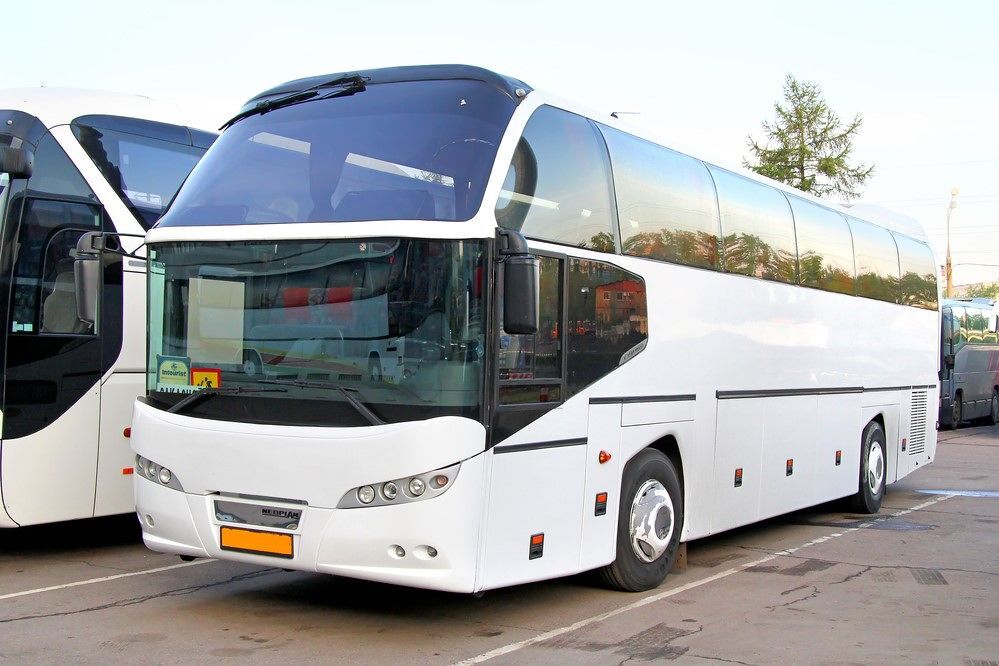
If your vehicles are well maintained, the downtime is minimized and consequently the productivity of your business increases which, of course, in the long run increases profitability.
Let’s consider the operational costs of a well maintained vehicle for a second.
A well maintained vehicle doesn’t consume more fuel than necessary whereas a poorly maintained vehicle will consume more, not to mention the frequent breakdowns and malfunctions.
Additionally, the inevitable repair costs of a well maintained vehicle are also much lower than that of a poorly maintained one.
This is because the fault is much easier to isolate whilst the vehicle is still functioning regularly, allowing for the efficient time necessary to fix the problem.
More often than not, when this happens to a poorly maintained vehicle, a small fault can bring the whole vehicle to a standstill consequently bumping up the total repair costs.
Without forgetting, that as a result of efficient maintenance and organization, not only does your vehicle have a longer lifespan but also maximizes its resale value, accompanied with the evidence to show the potential buyers its history.
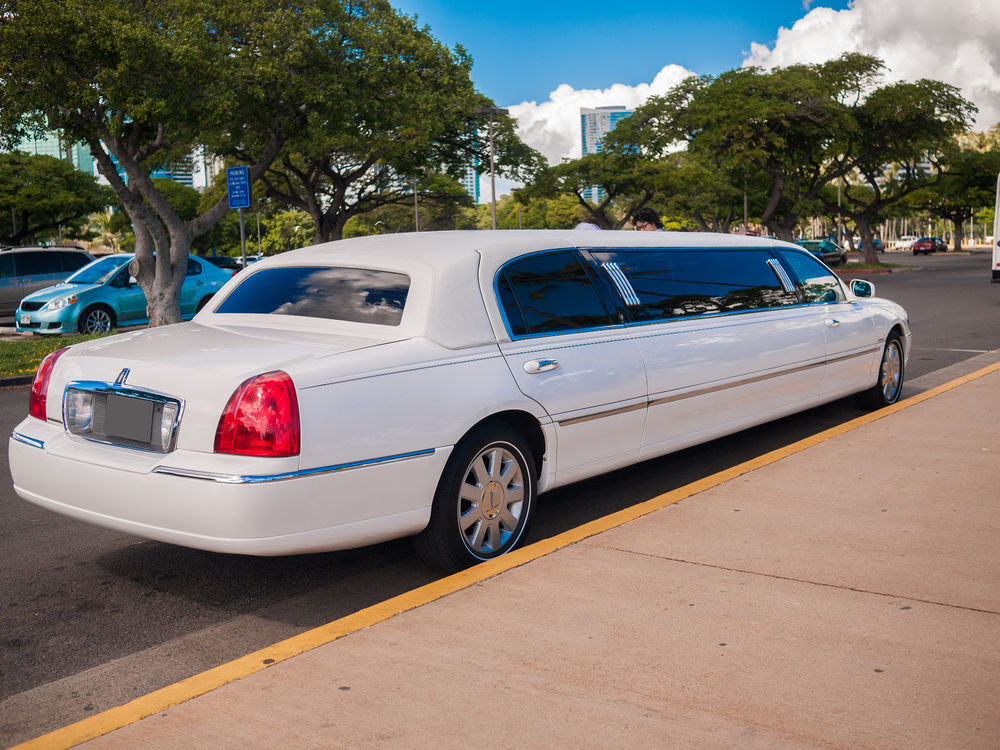
Your drivers are the frontline operators of your fleet and are responsible for ensuring the vehicle meets the minimum safety requirements before each journey and effectively report any issues to the back end for repair.
For this, any employee that operates one of your vehicles must be trained, certified, and of good health.

More importantly, regulators expect passenger transportation companies to implement a training program for their employees to ensure that the business is compliant.
In the Federal Motor Carrier Safety Regulations (section 390.3e) it states that:
So how can you be sure that your drivers are knowledgeable of the requirements and prove that there are when you find yourself undergoing a safety audit or investigation?
While there is no universal training program that fits every passenger transportation company out there, there are indeed certain elements of training that reinforce the safety of the drivers.
For instance, for entry-level drivers with less than one year experience of operating a CMV that requires a CDL in interstate commerce, they must undergo mandatory training in the following areas:
Are you aware of the changes to the Hours of Service policy as of September 29 2020? Read about them here
After a successful completion of the training program, the drivers should be issued a certificate or diploma to acknowledge they comply and meet the requirements. Moreover, they must also sign to confirm they have received the necessary policy and procedure material from the company.
A copy of the award and the original signed declaration should be stored as enforcement will expect to see this evidence during the external inspection.
Having an efficient safety management plan in place serves much more than merely satisfying regulatory measures.
A safety management plan is essential for minimizing the risk of accidents and avoiding fines, higher insurance costs and ensuring the safety of employees.
Let’s consider for a moment how your business is currently managing the several areas we have covered so far such as daily vehicle inspections; what procedures do you have in place?
Unfortunately many companies still use paperwork or Excel to store their information. This can be problematic for several reasons.
For example, the issue with paperwork is that it can be extremely time consuming. Moreover, if you are thinking of expanding your fleet any time soon, you are only going to lose more time due to the more paperwork required- not to mention the additional storage you are going to need back at the office.
That’s why it’s a great idea to upgrade how your business is managed with the help of dedicated passenger transportation software like Sengerio.
Sengerio is a powerful cloud-based suite of software that offers a centralized platform for all the tools necessary for running your business efficiently. Especially when it comes to safety management of your fleet and staff.
From covering your vehicles to your human resources, Sengerio provides the perfect system to store all their information along with the required documentation, such as vehicle insurance, driver’s licence and training certificates.
It doesn’t end there, operators can even configure due dates to ensure they never miss an expiration date again.
Now let’s look closer at how vehicle inspections are facilitated using Sengerio.
The first thing that should be noted is that Sengerio has an entire page dedicated to vehicle inspections, for both before and after each journey.
By accessing the menu it is possible to configure your own checklists that the drivers will use and report directly using the Sengerio Driver App.
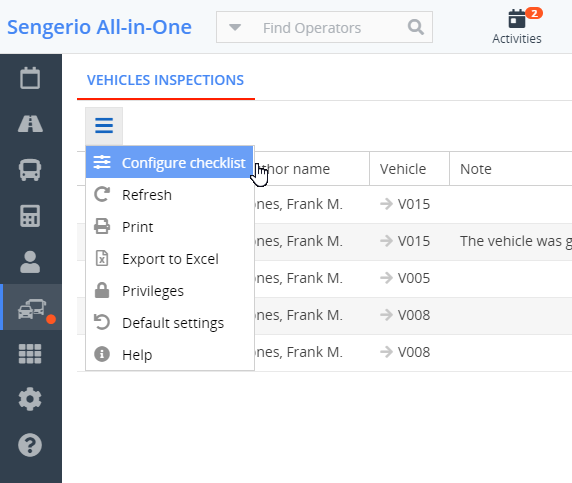
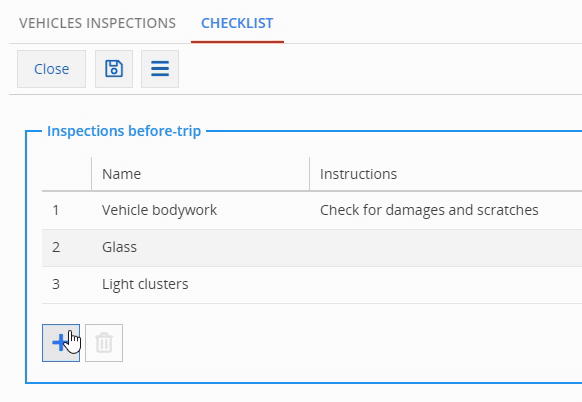
This not only saves you a lot of time but also vastly improves the communication between drivers and operators.
Here, the operator can visualize every inspection to check if the vehicles are in order and that the drivers are executing the necessary procedures.
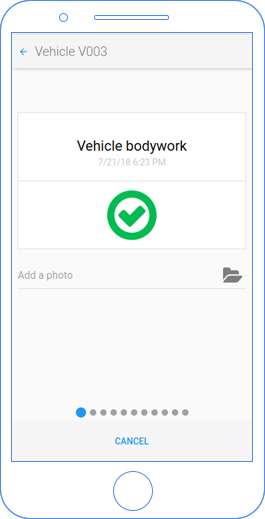
In case of any negative results, the operator is immediately notified by Sengerio and can visualize all the details of the vehicle in question.
In addition, thanks to all the electronic documents that are saved in one place, the work of the external auditor will be made much easier as it will be much easier to identify any missing information or any anomalies in the information.
Request your invitation to try Sengerio today and see for yourself how your business will improve instantly.
So far this article has explained how to keep your vehicles and drivers safe and compliant and why your business benefits from using professional software.
You would think that by now your business would be ready for the safety audit now right?
Not quite.
Fleet compliance is a continuous process where employees must be frequently informed to prevent diminishing the culture of compliance you have built.
Therefore, in addition to the standard training sessions and staff meetings, why not consider internal auditing?
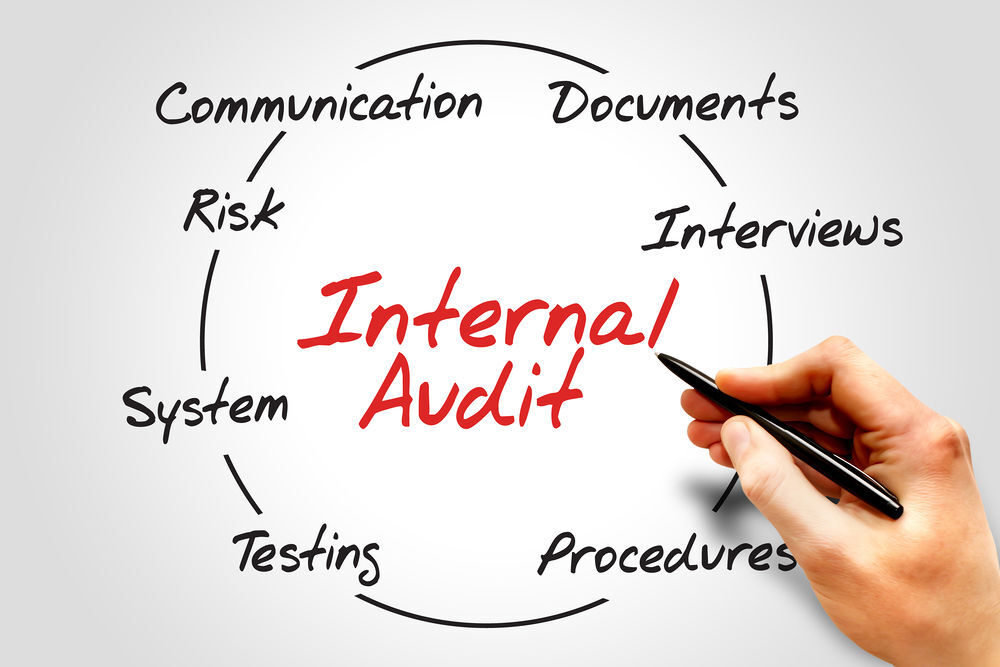
It is a very reasonable investment in internal auditors to train your staff on how to perform department audits so that when the external auditor arrives unexpectedly you have absolutely nothing to worry about.
In general, Step 3 and 4 go hand-in-hand to provide an excellent opportunity to identify any errors before they become a huge concern.
Maintaining fleet safety does not need to be a complex procedure. However, it can take some work in implementing a system that works for you.
Here’s a recap of what we have been through in this article:
Though if there’s one lesson to take away from this it is that by implementing the right safety management plan monitors, reduces the risk and enables business to make measurable improvements to optimize your success.
It is for this reason safety management must be knitted into the fabrics of your passenger transportation company.
Disclaimer: The information provided in this article does not represent any legal value and therefore it is highly recommended that the refer to consultants who can legally certify the methods on how to manage fleet safety.
Sengerio vastly improves all variables of how you manage your fleet and drivers from one, centralized platform. Request your invitation to try Sengerio today and see for yourself how your business improves!

ABOUT SCOTT FRANKLAND
Scott Frankland is Head of Content at Sengerio. His spirit of inquiry leads him to the world of transportation and mobility to connect with the industry’s leading experts and shine a light on the hot topics.